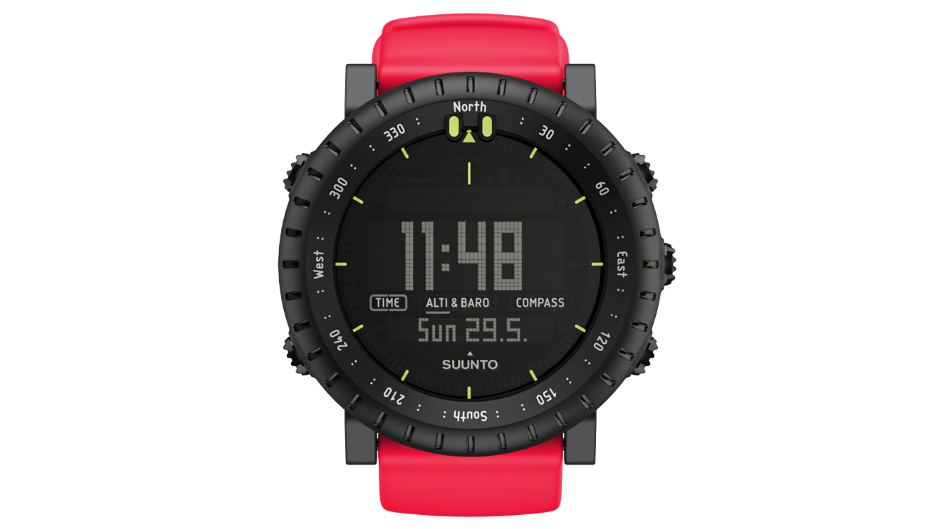TechRadar Verdict
Pros
- +
Easy to use
- +
Year-long battery
- +
Waterproof
- +
One-touch function lock
Cons
- -
No GPS
- -
High price
- -
Dim screen
Why you can trust TechRadar
It's sporty, it's smart and it's packed with features, but has this outdoorsy watch from Suunto got the legs for navigation? Lacking GPS, the Suunto Core immediately goes down the pecking order of smart sports watches - below the new Suunto Ambit 2, no less - but remains a solid, easy to use and highly accurate watch for hikers and skiers.
Priced at £235/US£299/AU$299, it's a reasonably attractive and totally waterproof watch, with a silicon strap (red on our review sample), a compass ring around the parameter of the clock face and a dark, almost jet-black display within.
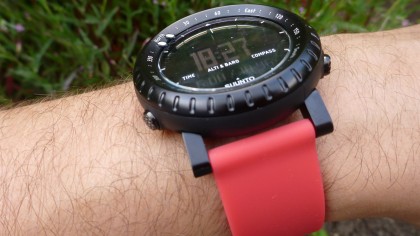
The display was initially our main concern about the Suunto Core; the screen and readouts just look so dim, but we never had a problem reading the information indoors or under cloud, and in bright sunlight it's actually much easier to read.
The flip-side to its dim screen, of course, is a throughly decent battery life of around a year. That's thanks to its use of a CR2032 battery - the most common watch battery of all - but also because of the Suunto Core's lack of a GPS sensor, the constant communication of which would drain the battery in days.
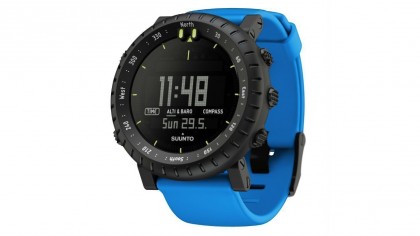
Forget GPS - the Suunto Core is all about the art of digital altimetry, which is arguably more accurate and reliable than GPS when you're in the great outdoors. The altimeter inside the Suunto Core measures pressure, not coordinates, to calculate altitude (up to 9,000m), though you'll obviously still need a map to turn that into location.
The advantage is that it continues to work even when you wander into ravines or into sheltered areas where there's no direct line of sight to the GPS satellites.
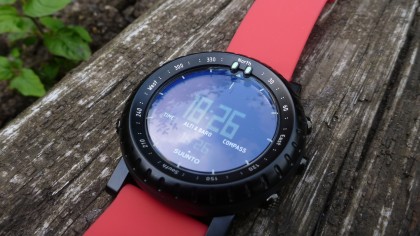
A barometer reading - including a storm alarm that warns of a sudden drop in air pressure - is the final part of the Suunto Core's central Alti & Baro tab, with Time on one side and Compass on the other. All are toggled to easily, though it's only a single button touch to lock to the current screen - a mightily useful feature.
There's an option straight from set up to adjust the declination (currently in the region of -2 degrees west in the UK), without which it's useless, but it proved accurate and reliable in our test, and like any manual compass it can be used to follow bearings. Underneath these interchangeable read-outs is another area for that shows the time, stopwatch and date.
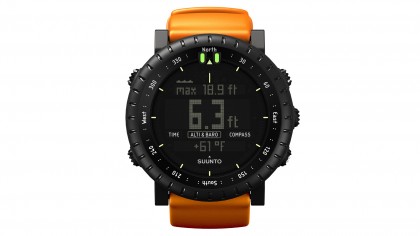
Given the current penchant for smartphone GPS apps such as RunKeeper and Nike+ Running that record exactly where you've been on a run, the Suunto Core's habit of logging your altitude gains and losses - and displaying them on a graph - will likely appeal to most users. It works for seven days, which should cover a week's worth of skiing, walking or mountain ascents.
Elsewhere, there are three alarms (to let you know when you've ascended, say, 100m), a stopwatch and a timer, as well as a thermometer. As you set the watch up, if you tell it where you are it will show sunrise and sunset times, too.
Verdict
If you'd rather answer the question 'how far is it?' in meters than minutes - like the pros do - then the Suunto Core is for you, though we're sure that most hikers, skiers and snorkellers will consider spending a little extra to get a sports watch with GPS, such as the Garmin fēnix or TomTom Multi-Sport GPS Watch. However, the Suunto Core's long battery life and dependability make it hard to resist.
Jamie is a freelance tech, travel and space journalist based in the UK. He’s been writing regularly for Techradar since it was launched in 2008 and also writes regularly for Forbes, The Telegraph, the South China Morning Post, Sky & Telescope and the Sky At Night magazine as well as other Future titles T3, Digital Camera World, All About Space and Space.com. He also edits two of his own websites, TravGear.com and WhenIsTheNextEclipse.com that reflect his obsession with travel gear and solar eclipse travel. He is the author of A Stargazing Program For Beginners (Springer, 2015),
